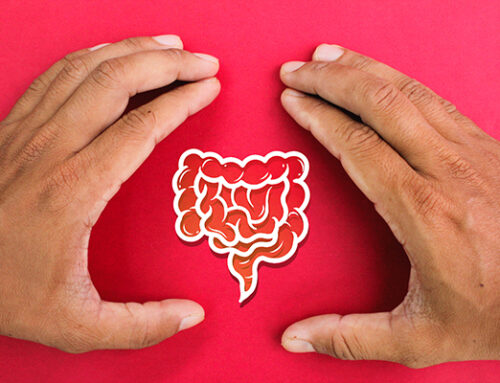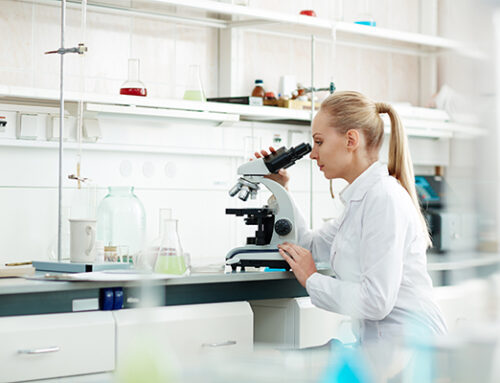 The scientific community has proposed terms such as non-viable probiotics, paraprobiotics, ghostbiotics, heat-inactivated probiotics or, most commonly, postbiotics, to refer to inanimate microorganisms and/or their components that confer health benefits. This article addresses the various characteristics of different definitions of ‘postbiotics’ that have emerged over past years.
The scientific community has proposed terms such as non-viable probiotics, paraprobiotics, ghostbiotics, heat-inactivated probiotics or, most commonly, postbiotics, to refer to inanimate microorganisms and/or their components that confer health benefits. This article addresses the various characteristics of different definitions of ‘postbiotics’ that have emerged over past years.
In 2021, the International Scientific Association for Probiotics and Prebiotics (ISAPP) defined a postbiotic as “a preparation of inanimate microorganisms and/or their components that confers a health benefit on the host”. This definition of postbiotic requires that the whole or components of inactivated microbes be present, with or without metabolic end products. The definition proposed by ISAPP is comprehensive enough to allow the development of postbiotics from different microorganisms, to be applied in different body sites, encouraging innovation in a promising area for any regulatory category and for companion or production animals, and plant or human health. From a technological perspective, probiotic products may contain inanimate microorganisms, which have the potential to impart a health benefit. However, their contribution to health in most cases has not been established, even if at least one probiotic has been shown to confer the same health benefit by live or inanimate cells.







